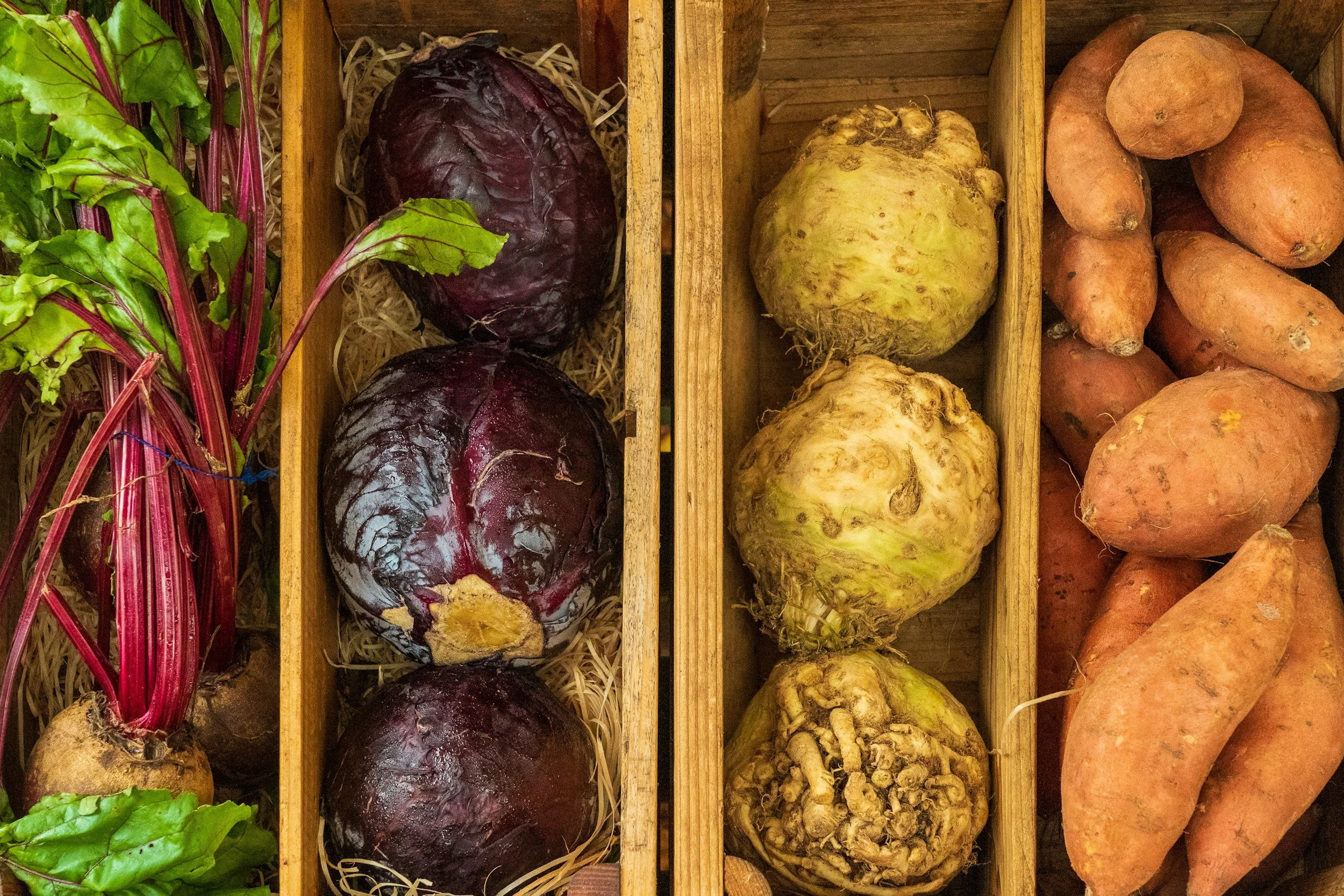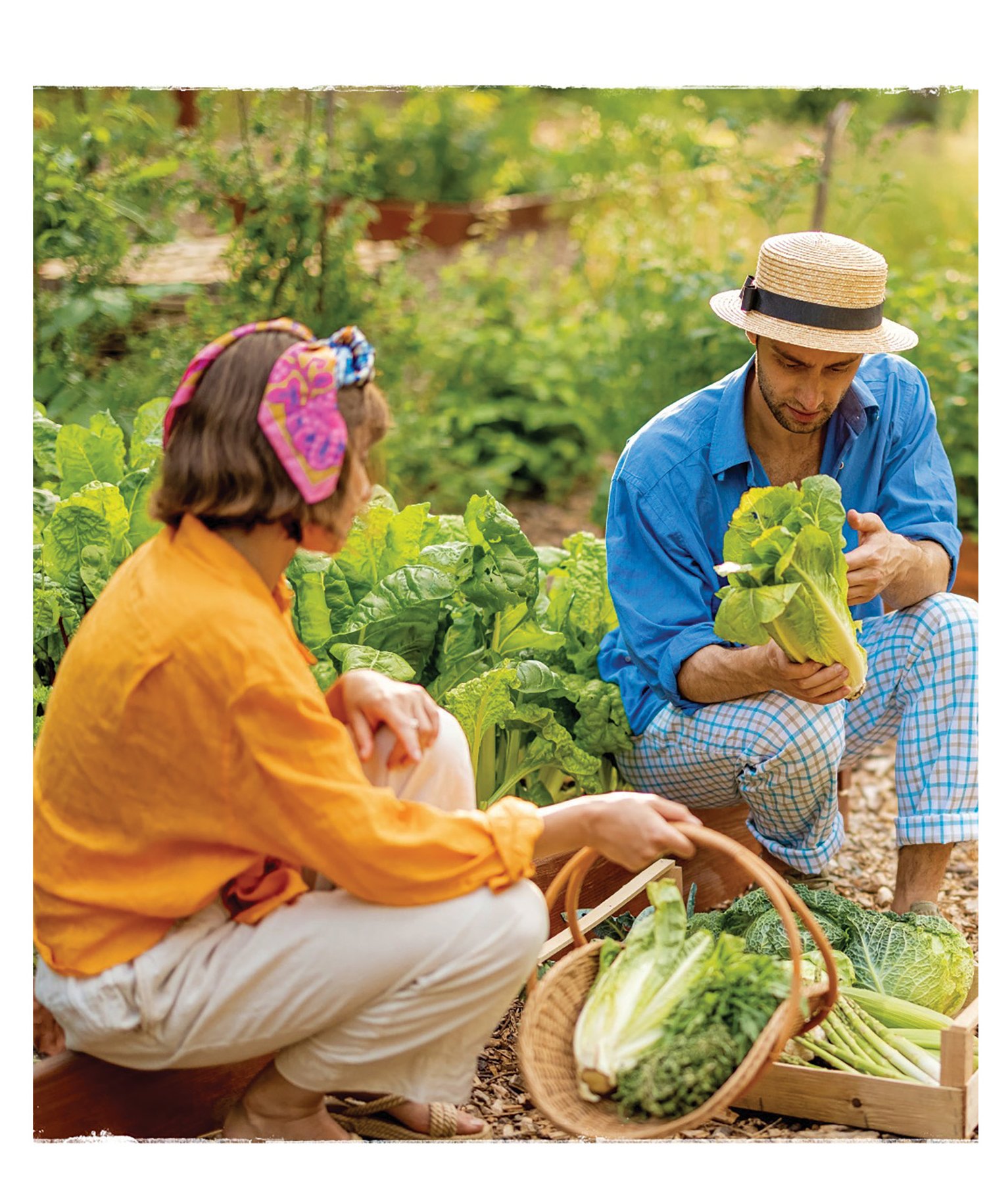Interview by Joshua B. Kay | Photos Courtesy of The Blue Front
An interview with Adam Gottschalk, owner of the Blue Front at State and Packard (metered parking on Packard and on Arbor Street, where there’s also a loading zone that’s free after 5:00 and on weekends). Gottschalk is a Certified Cicerone (sommelier of the beer world) and took an old party store in a fresh direction when he opened the new Blue Front as a fine beer and wine shop in July 2014. Customers enter the store under crisp, dark blue awnings. The space is light and airy, the aisles wide. Interesting old-fashioned light bulbs hang in a fixture over the front counter. Two easy chairs grace the entry area.
Joshua Kay: Let’s start off with the space. How did you approach renovations?
Adam Gottschalk: The place was a wreck when I got the keys, but my dad saw that it had good bones. My wife and I did the design, and my brother did most of the renovations. The front counter is topped with cherry wood from my uncle’s farm. The paneling on the sides of the counter is reclaimed redwood. We put in new windows and flooring, and we got a new cooler. It was a lot of work, but every day it came together a little bit more.
Joshua Kay: What were you doing before this?
Adam Gottschalk: I grew up in Ann Arbor and moved to Chicago. The dream was to open a brewery — I’ve been brewing about seven years — but you need a lot of money and a lot of time to do that. I felt like I needed to get more industry experience, so I worked in Chicago at a few beer stores. I managed one for a while. My parents knew the owners of this building, so when the old tenant moved out, they called me and said, “Hey, the Blue Front is vacant. You should move back to Michigan and open up your own store.” And I talked to my wife and told my parents, “That’s a cool idea. We’ll think it over.” They said, “Well, they need to know by Monday.” This was on a Thursday. I said, “We can’t do that on such short notice.” And my dad called me on Saturday and said, “Well, if you don’t do it, I’m going to.” So I said, “Okay, let’s do it.”
JK: What kind of shop did you want to create?
AG: In Chicago, the store that I was working in most recently was very much like this. It was owned by a couple and very family oriented. They had a small baby who’d hang out in the store, and the neighborhood would come in to say “hi.” Everyone knew everyone, and it was clean and nice. We wanted to create a place like that, with great selection and great service, where people would want to come in and hang out. We have a ton of people who sit and chat about beer and then say, “Oh! I’ve been chatting about beer for an hour and a half! I gotta go!” We just wanted a nice, inviting space where we could help people find beer and teach people about beer.
JK: So I was going to ask about that teaching part — .
AG: That’s probably one of my favorite things about being here, because we have a lot of people who say “I just got into beer, and I like this [kind], and can you help me find some new things?” So it’s really fun to be able to help them out. I make sure my staff knows their stuff because the education part is so important.
JK: Is there a progression you follow when you start people in the craft beer world?
AG: Yes! First, we find out what they’ve had before and see if there’s something they’ve liked that we can build on. Or sometimes they’re moving from typical American light lagers into craft beer. A good gateway for them is wheat beers. For example, there’s Bell’s Oberon and Arcadia Whitsun here in Michigan. With those, people can see that there are more flavors out there than light American lagers have, but they’re not overwhelming beers. Belgian beers are also a good way to start because there are so many great flavors to explore. I look for beers that are flavorful but accessible, with nothing that someone’s likely to find offensive. From there, I can steer them to different styles, like IPA’s [India pale ales] and porters. Some people decide they love a particular style, and I can guide them in exploring more within that style. Other people want to explore new styles.
JK: In the wine world, the ideas of proper storage and proper aging are well-accepted. Are you trying to achieve that kind of respect for the need for freshness and proper storage in the beer world?
AG: Absolutely. We took a few steps that I think go above and beyond most places. All of our windows have UV film on them because light is the biggest killer of beer freshness, and obviously we have tons of windows. It was funny because when we were remodeling, we had paper over the windows so people couldn’t see in. And when we were mostly done, we said, “All right, pull the paper down!” We saw the light pour in, and we realized, “Okay, that’s not going to work at all.” So we put up the film, and it cuts about 98 percent of the UV rays and holds out a lot of the heat, too. We pay attention to temperature, too. In the winter, it’s a little chilly in here. It’s not because we’re cheap about the gas bill. Every little bit we can do helps store the beer properly. Also, we sometimes run out of things because I’d rather have to say, “I’m sorry, I’ve sold the last one,” than say, “I have forty cases sitting around.” So, we’re always trying to have the freshest stuff.
Adam Gottschalk, owner of the Blue Front
JK: How do you select your inventory?
AG: We have a ton of beers — we’re just shy of 800 — but there’s a lot more beer out there. Instead of trying to have one of everything, our inventory is a little more curated. I think we do a good job of having a good amount of variety without having it be completely overwhelming or having beer start to go bad. We have a ton of Michigan beer, probably about 30 percent of the beer we have, but also a lot that people might not have had.
JK: If someone is interested in beer-food pairings, is that something you can help them with?
AG: Absolutely. A lot of people, at least in the past, when they think of food and fine dining, think that they have to have wine pairings, but beer is way more versatile. Yes, there’s a ton of grapes out there, but you’re really restricted to those flavors. What kind of wine do you pair with asparagus? There are a lot of tough wine pairings, whereas with beer, just the traditional styles alone give you so many options, and then there are the crazy experiments that breweries do. For example, what do you pair with banana bread? Well, I have a banana bread beer!
With pairings, you can either complement or contrast. For example, with a sweet dessert, you can get a sweet beer to go with it, or you can have something totally opposite that showcases the difference. One rule is that the beer always has to be bigger than the food, or else it will just get lost. With a beer, a sip is really quick, but your palate has more contact with food. So, you need the beer to be big enough to make an impression.
JK: I see this sign on the front counter for in-store tastings. Tell me about those.
AG: We love tastings! They’re super fun. Some beers everybody knows, but there are some that are great but need a little help getting people introduced to them. It’s fun for the breweries and for us. People can try things and learn about new beers and breweries. We can also help people plan their own tastings at home, especially because we sell a lot of single beers. That way, people can try a variety for a low price.
JK: Are there particular Michigan breweries that are doing things that you’re especially excited about?
AG: Here in Ann Arbor, Wolverine is an awesome addition to the beer scene. I thought at first that their all-lager approach was a gimmick, but they do a great job. They do a lot of classic styles really well, and they’ve done a bunch of cool experiments that have really worked. They’ve changed our conception of what you can do with lager beer. And Jolly Pumpkin is a wonderful brewery. They’re really advancing sour beers. Ron Jeffries, the brewmaster, is an artist. He doesn’t stick to schedules, and he hand-tastes every batch. They don’t send it out until it’s ready, and they really care about their product. Looking beyond the southeast, I’m excited to have Blackrocks distributing down here. It’s a Marquette brewery, and everything they do is good. Their IPA is one of the best in the state. I put it right up there with Bell’s Two Hearted and Founders Centennial IPA.
JK: What trends do you see in the craft beer industry?
AG: One trend that excites me is more sour beer. That’s a fun trend, and because of it we’re seeing a rebirth of some lesser-known sour styles, like Berliner weisse and gose. They are light in alcohol and really quenching. And session IPA’s are a new thing. I drink a lot of them, and I like the trend of having beers that are more drinkable and well-balanced.
JK: Anything concerning in the industry?
AG: I don’t think it’s concerning, but the industry has expanded so rapidly, and I think there’s going to be some consolidation. Eventually, there’s going to be so much beer, and people are getting really well-educated about it, so I think some breweries that are not as good are going to start to close.
JK: The need for real quality will be preeminent?
AG: Yes. Right now, a new brewery opens something like every 1.2 days in the U.S., and there are hundreds of new breweries in the planning stages. It’s just insane. There are two more planned in Ann Arbor! And Saline is getting a new one. They’re going in everywhere. There’s room for more across the state, but they’ll really need to be good to survive.
JK: With the proliferation of craft breweries, are you seeing consumers getting more educated?
AG: Absolutely. It’s not as “hipsterish” as it was, just on the cutting edge. It’s more mainstream.
###
Blue Front is located at 701 Packard St., Ann Arbor, Michigan 48104. For more information, visit www.bluefrontannarbor.com or call (734) 929-4618.



































































































































































































When I think of mint, winter comes to mind—a nice cup of cocoa in which I steep some peppermint tea leaves. It’s invigorating, refreshing, and cooling. Wait a minute... if mint is invigorating, refreshing, and cooling, why am I drinking it in the cold of winter? I should be drinking in the warmth of summer instead!